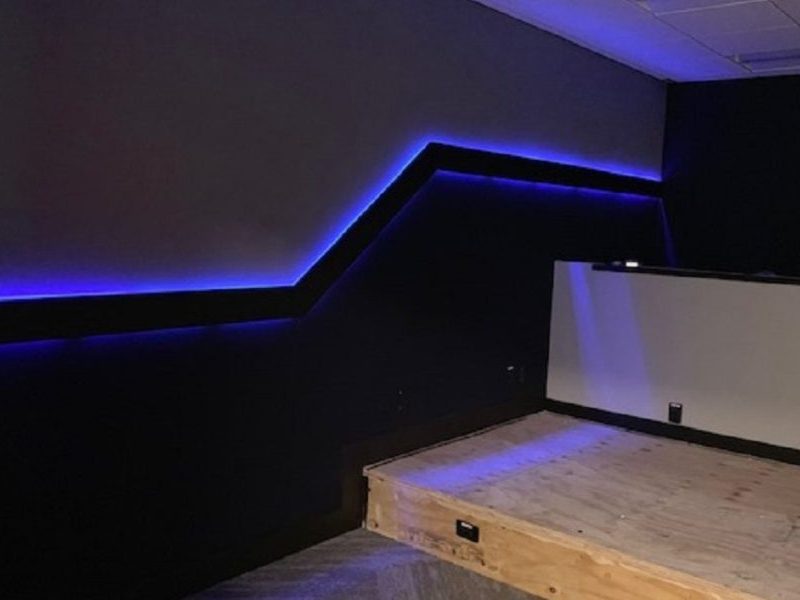
Innovations and Applications in LED Strip Lights and LED Modules
In recent years, LED lighting technology has become an essential part of modern lighting solutions. The rapid evolution of LED strip lights and LED modules reflects growing demand for energy-efficient, versatile, and durable lighting options. These products are widely used across residential, commercial, and industrial settings. Understanding how they work, their manufacturing aspects, and emerging trends offers valuable insight into their increasing popularity and diverse applications.
Introduction to LED Lighting Technology
LED, or light-emitting diode, technology revolutionized lighting by offering more energy-efficient alternatives to traditional bulbs. Unlike incandescent or fluorescent lights, LEDs consume less power, produce less heat, and have longer lifespans. These benefits make LED lighting an appealing choice for anyone seeking to reduce energy consumption and maintenance costs. The expanding use of LED technology is a response to both environmental concerns and the desire for better performance in lighting.
Understanding LED Strip Lights
LED strip lights are flexible circuit boards embedded with small LED chips spaced at regular intervals. Their flexibility and slim design allow for creative installations in spaces where traditional lighting may not fit. From under-cabinet lighting in kitchens to ambient lighting in offices and decorative accents in retail environments, LED strip lights are highly adaptable.
A reliable led strip lights manufacturer plays a crucial role in ensuring the quality and durability of these products. Manufacturers focus on selecting the right materials and implementing production techniques that maintain consistent brightness, heat dissipation, and safety features. Quality manufacturing also ensures that strip lights can withstand different environmental conditions, whether indoors or outdoors.
Exploring LED Modules
LED modules are compact lighting units consisting of several LEDs mounted on a circuit board, often with lenses or reflectors to direct light efficiently. Unlike strip lights, LED modules are usually rigid and designed for applications requiring focused or uniform lighting.
Industries such as signage, automotive lighting, and architectural illumination commonly use LED modules because of their reliability and ease of installation. Their modular design also allows for easy replacement and customization to meet different lighting requirements.
The role of a skilled led module manufacturer is essential to produce modules that meet performance expectations. These manufacturers must ensure precision in assembling the components and incorporate heat management solutions to improve the lifespan and efficiency of the modules. Customization options, including color temperature and voltage variations, add to the complexity of the manufacturing process.
Emerging Trends in LED Lighting Manufacturing
As LED technology advances, manufacturers continuously innovate to enhance performance and reduce environmental impact. Improvements in LED chip technology have led to higher brightness levels with even lower energy consumption.
Sustainable manufacturing practices are gaining importance, with more companies opting for recyclable materials and energy-efficient production methods. Compliance with environmental standards ensures safer products and reduced waste.
The future of LED lighting also points toward smart integration, where lighting systems connect with IoT devices, enabling remote control, energy optimization, and increased user convenience.
Conclusion
LED strip lights and LED modules are integral parts of modern lighting solutions, each offering unique benefits and applications. Their manufacturing processes require specialized knowledge and precision to deliver products that are reliable, efficient, and adaptable to various needs.
Recognizing the importance of manufacturers in this space helps appreciate the technology’s impact on energy efficiency and design flexibility. As innovation continues, these lighting products are set to play an even more significant role in shaping how spaces are illuminated.




